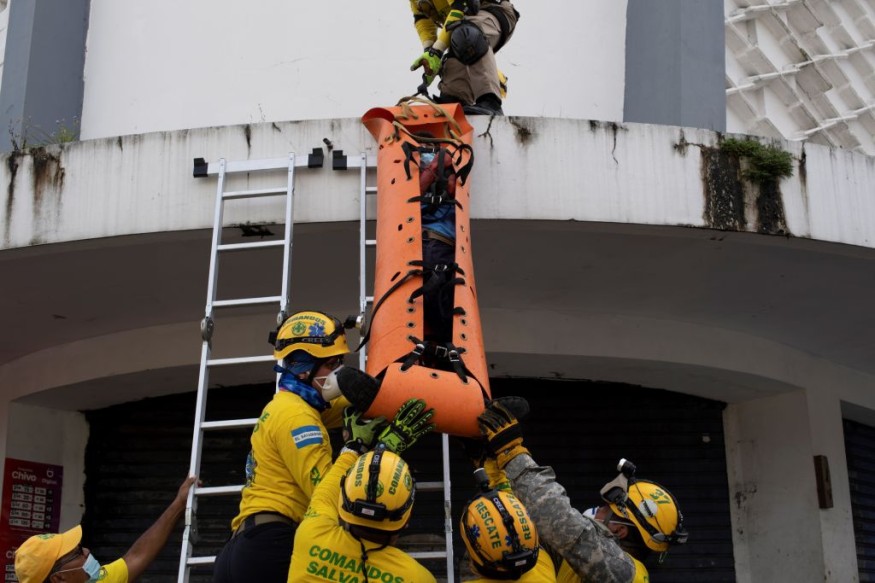
A powerful 6.5 magnitude earthquake jolted the Pacific Ocean and Central America. No injuries or casualties were reported after the quake hit.
No damages also occurred after the 6.5 magnitude unfolded.
Recently, Nature World News (NWN) reported earthquake alerts. Based on the reports, a 6.4 magnitude quake struck Southern Argentina, but no injuries were reported.
According to CNN's previous reports, a strong 7.2 magnitude quake jolted the Alaska Peninsula. Tsunami alerts were also issued to Unimak Pass and the Aleutian Islands.
While earthquakes can become devastating, people must keep updated with earthquake alerts and aftershocks.
An earthquake jolted Central America
According to Reuters' recent alerts, the 6.5 magnitude quake jolted the Pacific coast of El Salvador.
The United States Geological Survey (USGS), the quake was detected at about 70 km (43 miles) depth (Tuesday evening).
The report noted that the 6.5 magnitude quake was also felt in parts of Central America, including Belize, Honduras, Guatemala and Nicaragua.
Meanwhile, no damages or injuries were reported.
Furthermore, the Ministry of Environment in El Salvador explained that no tsunami alerts were issued after the quake.
Staying safe from earthquake
According to American Red Cross, earthquakes can result in landslides, flash floods, flooding and tsunamis. As a result, people must keep updated with quake alerts.
Here are essential reminders to keep safe from powerful earthquakes.
Anticipate aftershocks and tsunamis
People should stay alert for possible tsunamis and aftershocks when a quake strikes. People near the coast should keep updated on the rapid rise of seawater and potential tsunamis.
Aftershocks can also emerge after quake jolts
Always remember the Drop, Cover and Hold
Once an earthquake unfolds, people should practice and remember the Drop, Cover and Hold on. It will be the best way to stay safe from the quake.
Covering your head and looking for a secure area to shelter, like a sturdy table is essential. Once you are under a safe table, waiting until the shaking stops is best.
Furthermore, people should also check if they suffer from any injuries and immediately go to a nearby hospital.
Keep emergency kits at home
People should also consider keeping essential emergency kits at home in times of natural disasters. Powerful quakes can damage roads and result in widespread power outages.
Homeowners should consider keeping a Go-Kit and Home-kit in cases of emergencies. According to American Red Cross, the Go-kit can be helpful if you evacuate, including a three-day supply.
Meanwhile, a Home Kit will be enough for a seven-day supply. Homeowners should keep enough non-perishable goods, bottled water, medicines, battery-powered radio and flashlights.
After the earthquake occurs
People should stay calm after the quake occurs. There is a chance of an aftershock. People should watch out for falling debris and damaged homes.
Homeowners should call their family members to ensure they are safe.
Related Article : Alaska's 7.2 Magnitude Earthquake: Tsunami Alert Advisory Issued
For more similar stories, don't forget to follow Nature News.
© 2026 NatureWorldNews.com All rights reserved. Do not reproduce without permission.





